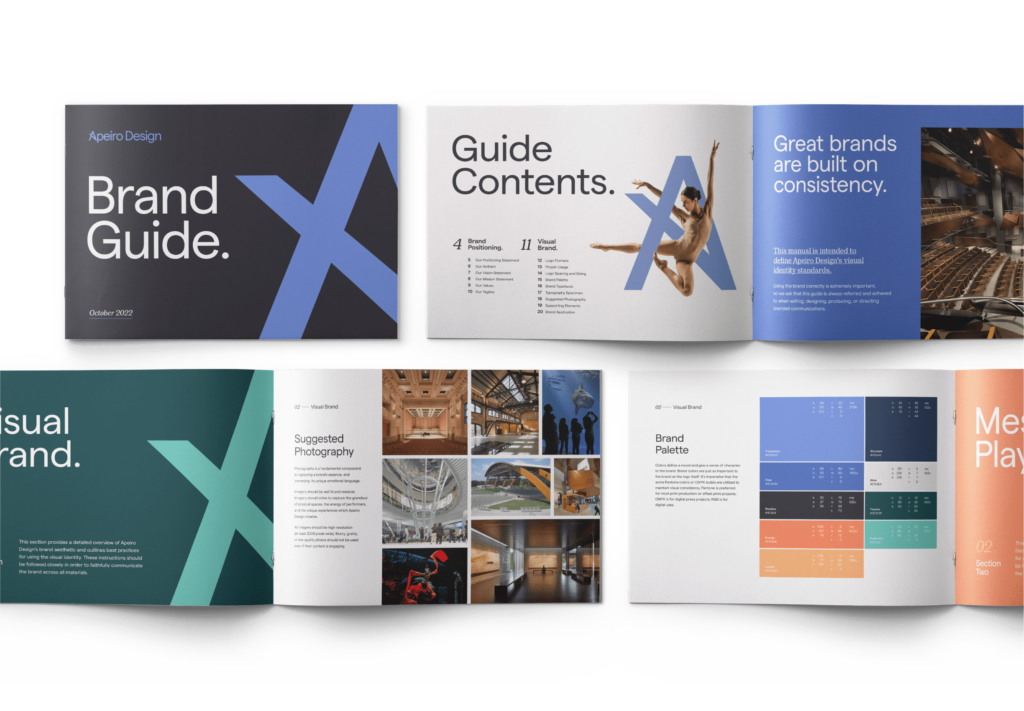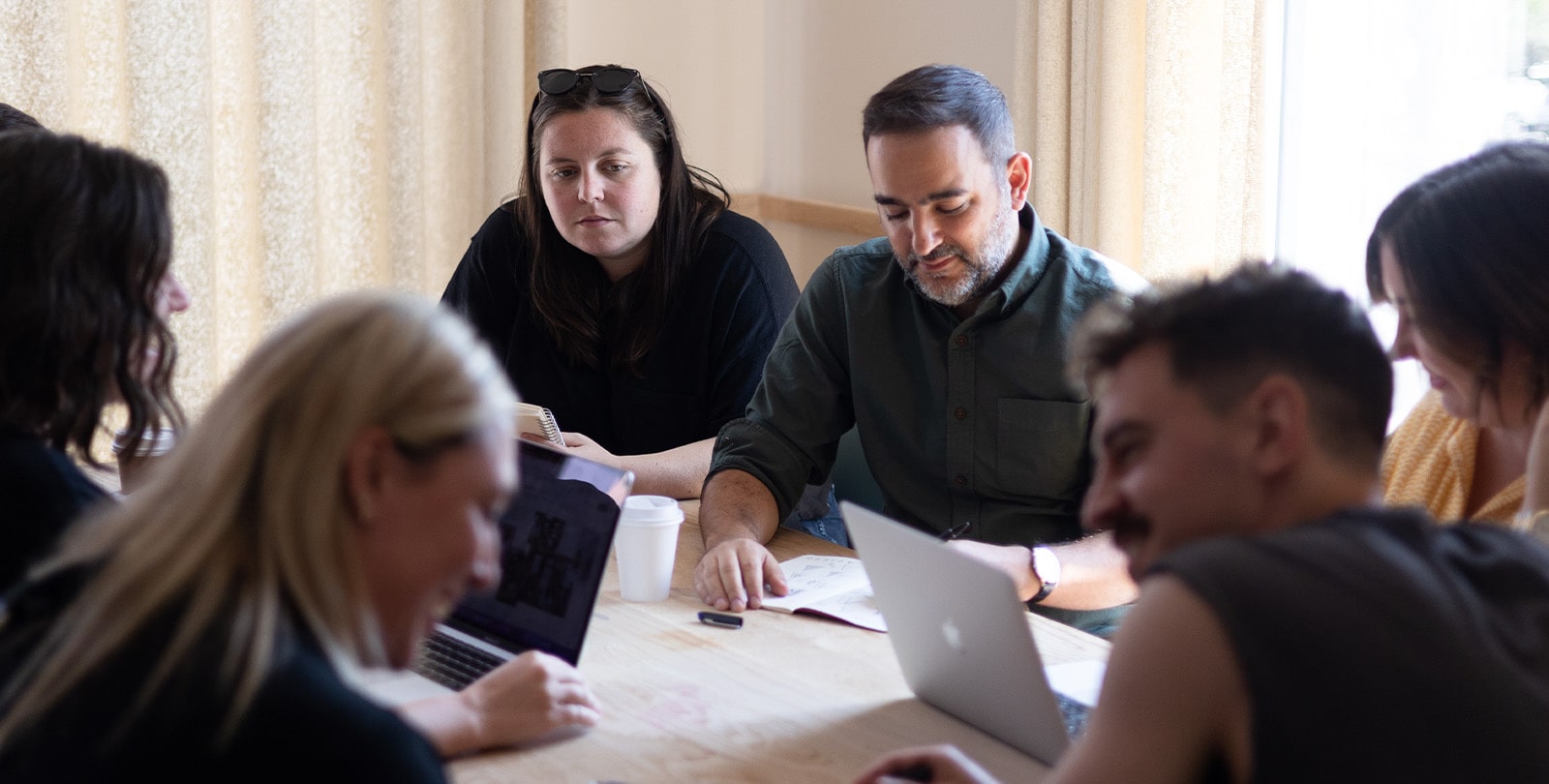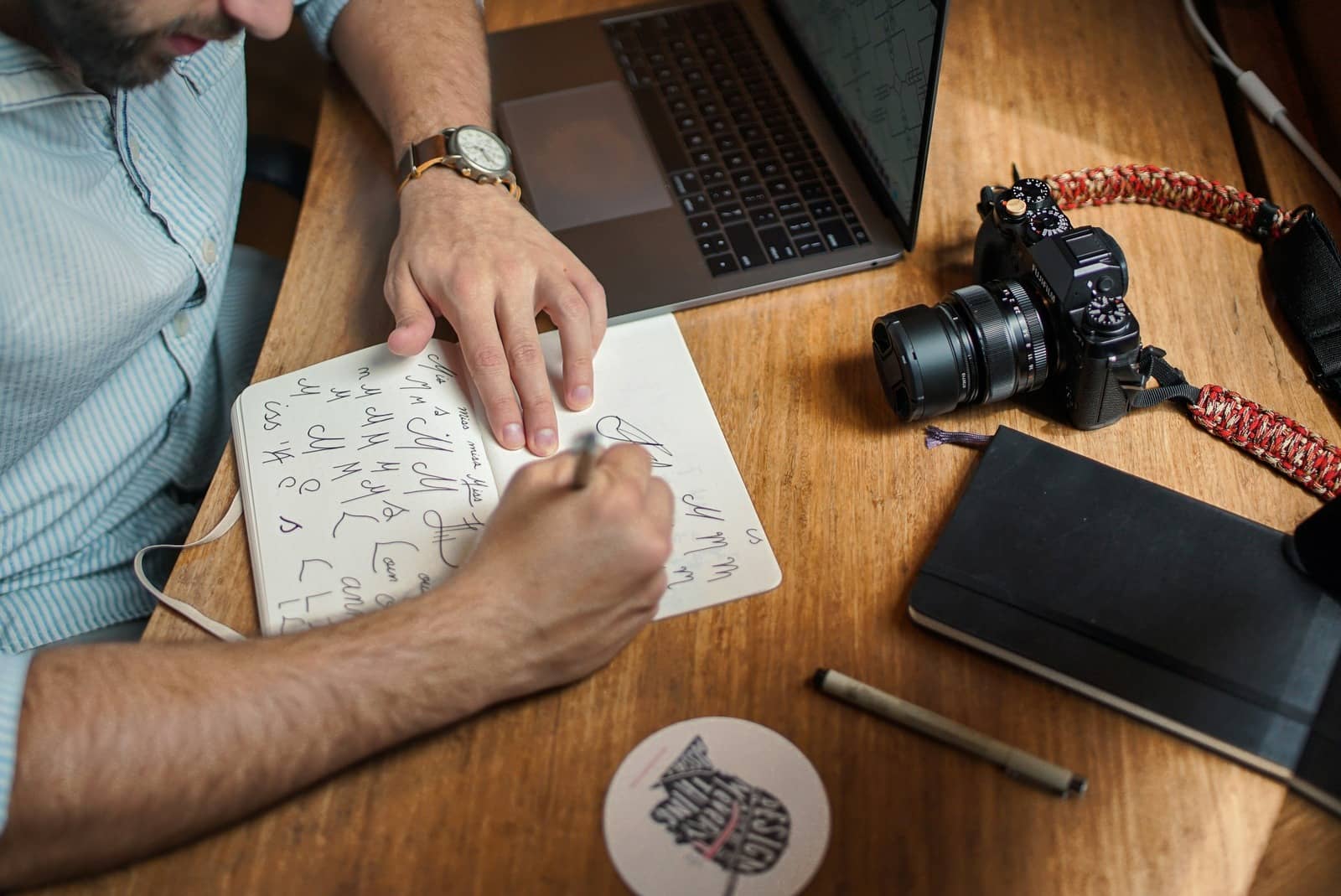Length
5 min read
Topic
Articles & Insights
Potential clients are seeking more than just impressive portfolios, innovative concepts, or the least expensive option.
Whether it’s a private project or public, potential clients want to partner with firms that demonstrate a collaborative, professional approach, a genuine commitment to delivering a successful project and strong overall value. Both private and public projects often take years to complete, and clients also want to be reassured that a good working chemistry will help see them through the inevitable challenges that arise. This is difficult to communicate within the limited dimensionality of an architectural project proposal.
When executed in conjunction with a comprehensive brand strategy, the competitive bidding process provides an opportunity for firms to not only showcase their ability to meet the project requirements, but also demonstrate their hard and soft skills, cultural fit, and ability to foster a positive working dynamic. By recognizing that prospective clients are evaluating the entire package, architecture firms can tailor their bidding strategies accordingly. This involves highlighting previous projects that demonstrate strong project management and client communication skills, as well as emphasizing the firm’s core values and defining culture.
Paraphrasing author and master marketer Seth Godin, being good isn’t good enough. In the face of intense competition, potential clients need to believe your firm is remarkable. Are you providing compelling enough reasons for the client to reject other bids? Are your bid documents clear, concise and a fluid extension of the experience clients can expect working with your firm? That is where strategic branding, positioning, and marketing comes in.

The Bidding Landscape
By analyzing your competitive landscape, you can pinpoint the areas where your firm excels and what sets you apart from others. This allows you to highlight your unique value proposition in bid proposals.
Start by making a list of firms you typically compete against for similar projects. Look for firms with comparable size and capabilities, a strong market presence, and practices that specialize in the work you’re going after. Identify what they are doing well, and what their weaknesses are. Now, examine your own architectural brand with the same level of objectivity. Identify the areas you can improve upon and differentiate. A good place to start is with your logo, website and overarching messaging. These are like the handshake of your brand, and often the first interaction potential clients will have with your firm. Ask yourself if your brand’s touchpoints are helping or hampering your ability to earn project bids.
Emphasis on Value
Clients are looking beyond just cost, focusing on the overall value an architect can bring to a project. In a highly competitive bidding environment, it can be tempting for firms to try to undercut each other on price. However, this “race to the bottom” approach is ultimately unsustainable; it fails to showcase the true value your project team brings to the table and can even hinder your ability to compete for higher tier projects–especially if additional costs bubble to the surface after the deal has been signed. You don’t want to become known as the firm with repeated cost overruns. An honest and accurate cost estimate takes time, but is well worth it when it comes to building a reputable brand.
Remember, most clients expect you and the builder to make a reasonable profit. Providing real value while extending competitive prices is a dance, but one that can be done with grace in the context of branding.
This involves:
Clearly articulating your firm’s unique strengths, expertise, and problem-solving capabilities.
Positioning your services as an investment that will deliver long-term value, rather than a commodity to be purchased at the lowest price.
Communicating your project understanding in terms of hard and indirect costs.
Transparent communication of potential construction costs. Communicating up front about complex projects or designs that impact labor and material costs may set you apart from competing firms that conceal actual costs in order to win the project. Buyers and developers have more access to information than ever before and are often savvy investors. Honest cost estimates go a long ways towards building trust and your reputation as an integral firm.
By shifting the conversation away from cost and towards value, architecture firms can justify higher fees and win projects based on the quality of their work–not just the cheapest bid.

Showcasing Thought Leadership
Clients are increasingly seeking architects who can not only meet the technical requirements of an RFP, but also bring innovative ideas and industry insights to the table. The bid selection process centers on so much more than price. A strong brand can help position your firm as a thought leader, well-versed in industry trends that can impact your potential client’s profit margins.
This may involve:
Producing high-quality content such as whitepapers, blog posts, and speaking engagements which demonstrate your firm’s expertise in different project types and help position you as an expert in your field.
Actively participating in industry associations, conferences, and events to build your reputation. Remember that you get out of these what you put in–consider joining a committee where your voice will be heard, and you can learn from your peers in the industry. In addition to providing a platform for thought leadership, associations may provide great networking opportunities and put you on the forefront of potential leads.
Leveraging social media and other digital channels to share your firm’s perspective and engage with potential clients. Take full advantage of LinkedIn’s Business Pages by posting project and industry news and using your credits each month to grow your audience with people most likely to engage.
When clients perceive your firm as a trusted advisor and innovative problem-solver, they are more likely to prioritize value over cost in the bidding process.

Develop a Strong Brand Identity
A distinctive brand can set your firm apart from competitors in the architecture industry. At the core of this is creating a compelling visual identity that reflects your firm’s values and design philosophy. Your logo, color palette, typography, and overall aesthetic should work together to convey a professional touch and the essence of your practice.
Beyond the visual elements, it’s crucial to develop a clear and concise value proposition that communicates your firm’s unique strengths. This goes beyond simply listing your services–it should articulate the specific benefits you offer clients and how you solve their challenges in a way that competitors cannot. A well-crafted value proposition positions your firm as the preferred choice.
Ensuring consistency across all touchpoints, from your website to proposal documents, is key to reinforcing your brand identity. Every interaction a client has with your firm should feel cohesive and on-brand, leaving a lasting impression. Applying your visual identity and key messaging systematically demonstrates professionalism and attention to detail–qualities that are highly valued in the AEC industry. By developing a strong, differentiated brand identity, your firm can cut through the noise of the competitive bidding landscape and compellingly showcase why you are the best choice for a client’s project.

Improve Upon Your Success Rate
The bid process is no small task–leverage your time investment by making the most of each bid opportunity. To continually enhance your architecture firm’s bid success rate, it’s critical to implement a process of measurement, analysis, and continuous improvement. By tracking key metrics and seeking client feedback, you can gain valuable insights to refine your bidding strategies and increase your win rate over time.
Track Your Bid-to-Win Ratio: Monitor how many bids you submit versus how many you win. This ratio provides a high-level view of your overall bidding performance and can help identify areas for improvement.
Analyze Successful and Unsuccessful Bids: Dive deeper by identifying patterns in the bids you win and lose. Look for commonalities in your approach, the type of projects, or the clients you target. This analysis can help you refine your bidding process and focus your efforts on the most promising opportunities.
Seek Feedback: After each bid, regardless of the outcome, ask clients for feedback on your proposal. What did they find compelling? Did you finish the bid in plenty of time? Where could you improve? Taking this a step further, consider seeking feedback from existing clients and even construction managers about their experience on previous projects with your firm. Incorporating this feedback into your future bids can help you better align with client expectations and preferences.
Continuously Update Your Portfolio: Regularly add new projects and remove outdated ones to keep your portfolio fresh and relevant. Showcasing your firm’s most recent and impressive work helps demonstrate your current capabilities and design approach.
By implementing these measurement and improvement strategies, your architecture firm can continually refine its bidding process, enhance its competitive edge, and increase its success rate in securing lucrative projects.
Remember, being awarded contracts is not just about securing individual projects – it’s about building a brand that makes your firm the go-to choice for clients. By consistently delivering high-quality proposals, ensuring consistency and effectiveness of your branding, and following through with exceptional project execution, you can create a virtuous cycle of success that leads to more opportunities and growth for your firm.



